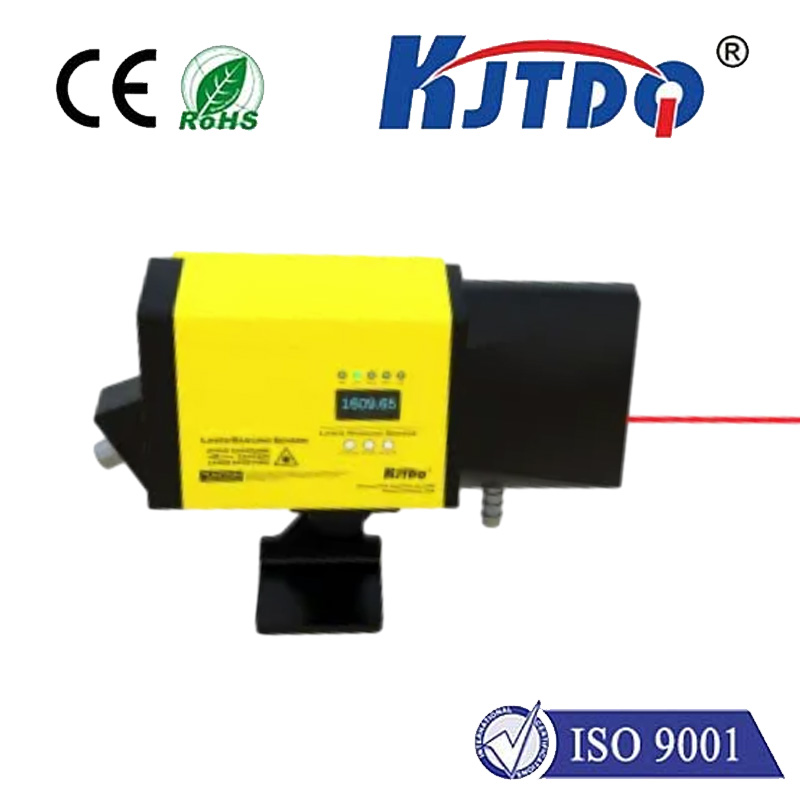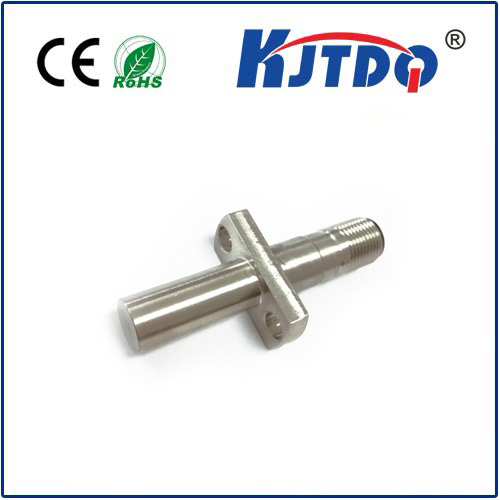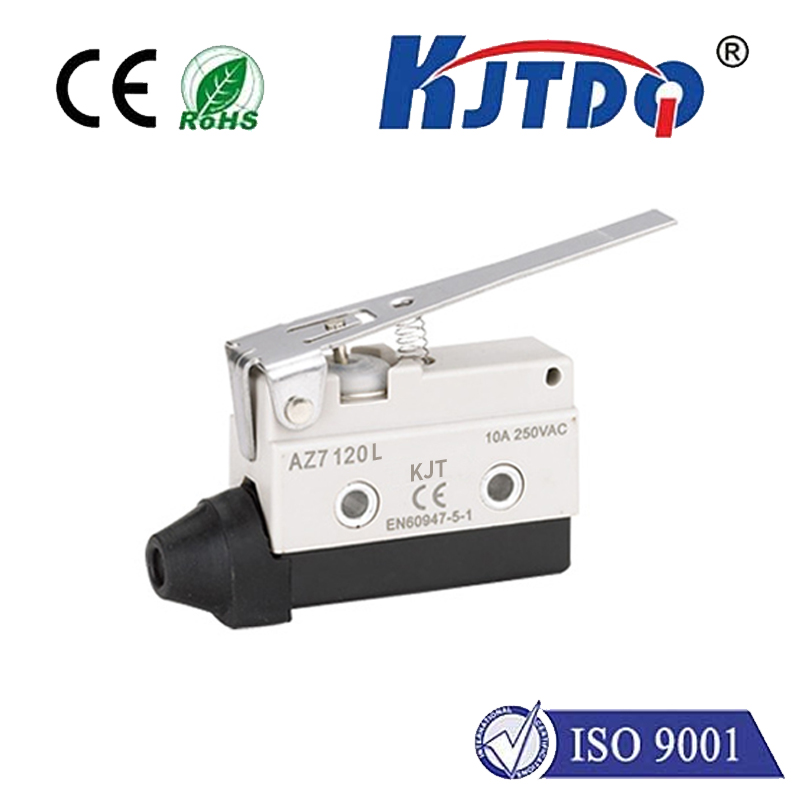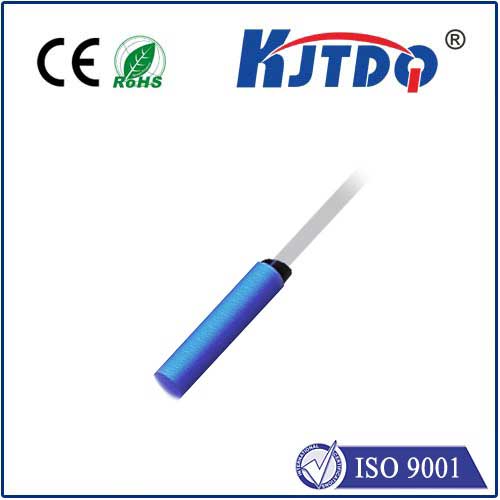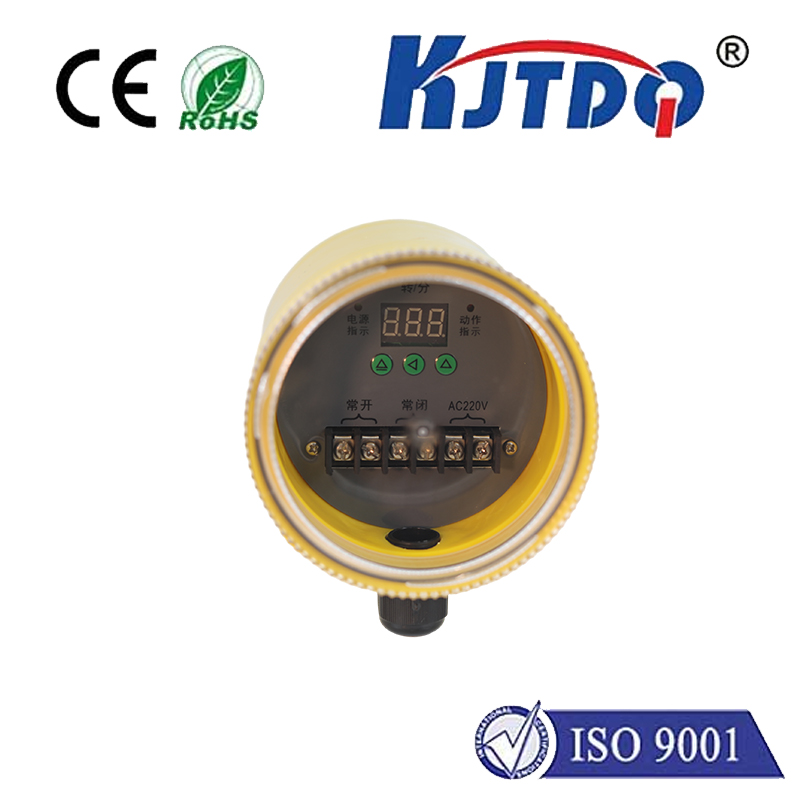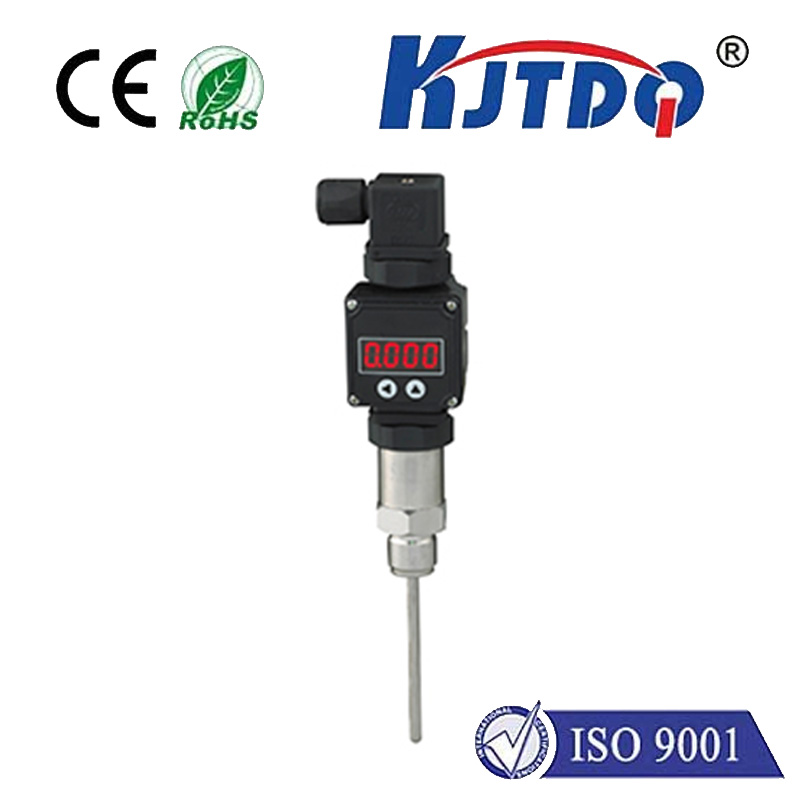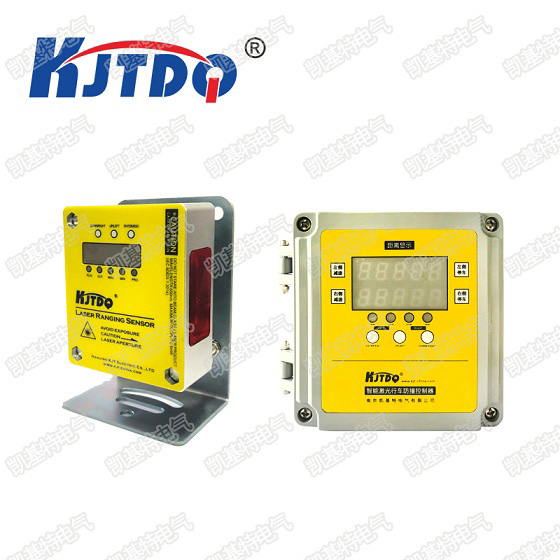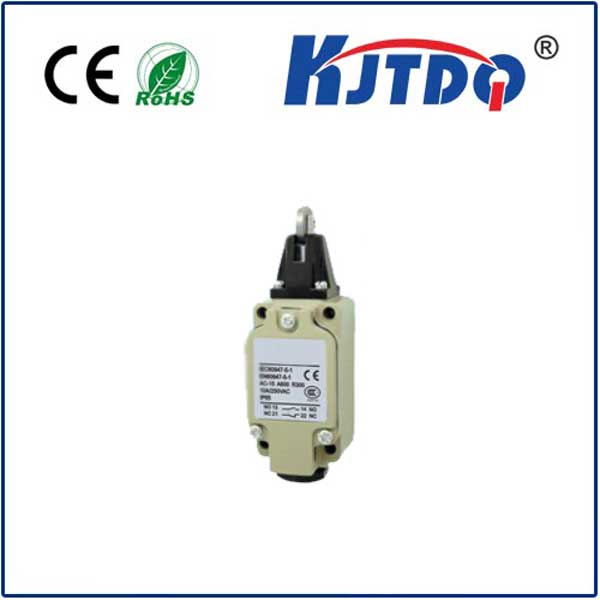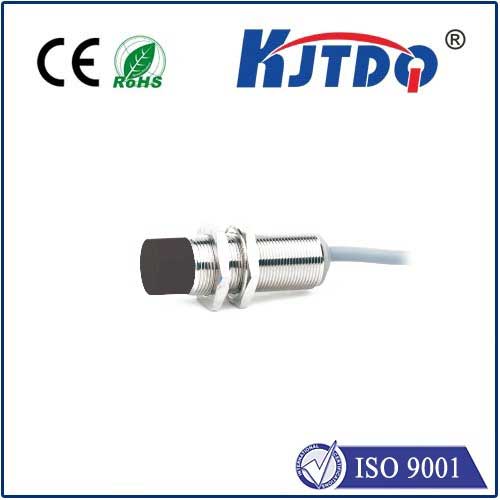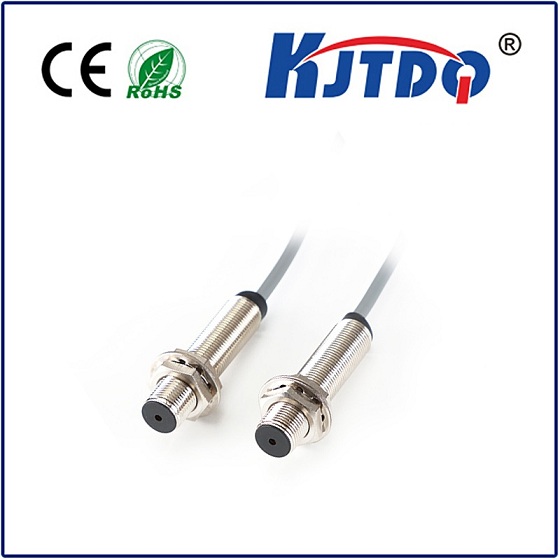

check

check

check

check

check

check

check

check

check

check
Title: Understanding the Technical Aspects of SL1 P Limit Switches
In the world of industrial automation, devices like limit switches play a crucial role in ensuring safety and efficiency. One such device is the SL1 P limit switch, which offers reliable and precise control over machinery. In this article, we will delve into the technical aspects of SL1 P limit switches, their functions, and how they work.
Section 1: Introduction to SL1 P Limit Switches
A limit switch is a mechanical device used to detect the motion of a machine's shaft or other moving parts. It consists of a switch that opens or closes when the motion of the shaft reaches a certain threshold. The SL1 P limit switch is a type of relay-based contact switch that is widely used in various industrial applications.
The SL1 P limit switch has two contacts: an actuator arm and a return spring. When the shaft moves past the reset position, the actuator arm pushes against the contact, closing the switch. Once the shaft has stopped moving, the return spring resets the arm to its original position, opening the switch.
Section 2: Types of SL1 P Limit Switches
There are two main types of SL1 P limit switches: single and dual contact. The single contact switch has only one contact for switching, while the dual contact switch has two contacts for independent switching of two directions. This flexibility allows for more precise control over the direction and speed of the shaft.
Another variation is the AC versus DC power supply. The AC version uses an alternating current (AC) power source, while the DC version relies on direct current (DC). The choice between these two types depends on the specific requirements of the application.
Section 3: Functions of SL1 P Limit Switches
The primary function of an SL1 P limit switch is to provide a clear signal indicating whether the shaft has reached a predetermined position or not. This information is essential for controlling the operation of machines, such as adjusting the speed or shutting down the system when necessary.
In addition to providing position detection, SL1 P limit switches can also be used for feedback purposes. By connecting them to sensors or other devices, they can provide real-time data about the status of the machinery, such as its temperature, vibration levels, or other performance indicators.
Section 4: Installation and Maintenance of SL1 P Limit Switches
Installing an SL1 P limit switch requires proper alignment with the machine's shaft and clearance from other components. It is important to follow manufacturer's instructions carefully and use appropriate mounting hardware to ensure secure and stable installation.
Maintenance of SL1 P limit switches typically involves checking for dirt or debris build-up around the contacts and replacing any broken or worn-out parts. Regular inspection and timely replacement can help ensure optimal performance and prevent potential safety hazards.
Conclusion: The Importance of SL1 P Limit Switches in Industrial Automation
In summary, SL1 P limit switches play a vital role in ensuring safe and efficient operation of industrial machines. Their precise positioning and real-time feedback capabilities make them valuable tools for monitoring and controlling various processes in manufacturing and other industries. By understanding their technical aspects and properly maintaining them, businesses can maximize their investment in these essential devices.
